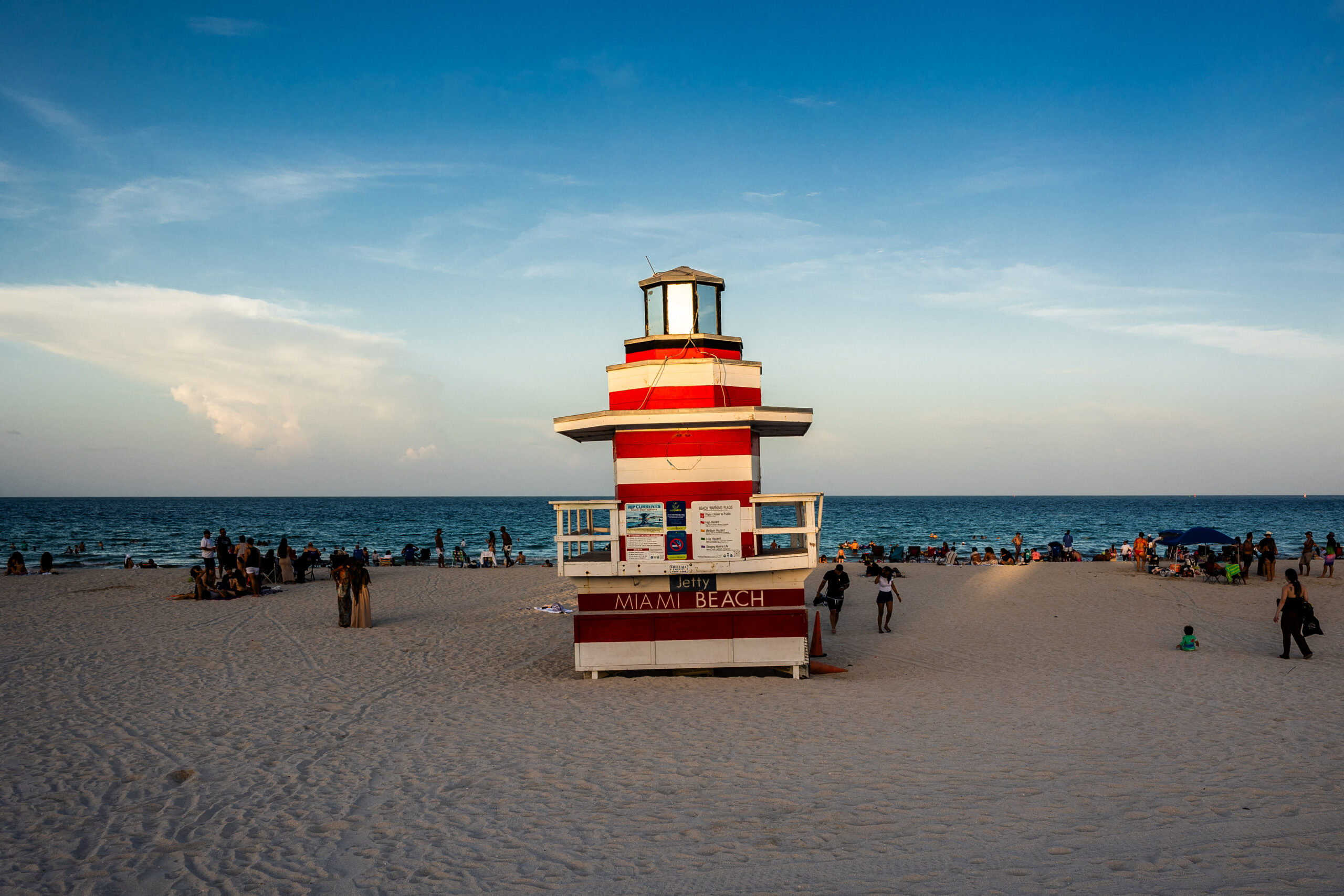- August 25, 2025
Trump’s new visa rules will hurt Florida, U.S. tourism industry

It’s already happening.
The numbers tell the story: based on figures from the first half of 2025, the Oxford Economics consulting firm recently revised its previous forecast downward. Instead of the 9% increase it had predicted, the firm now projects a jarring 8.2% decline.
Tourism from Canada, the single largest source of foreign visitors, has plummeted, the study said. Axios.com reported that advance bookings for Canada-U.S. flights between April and September plunged by more than 70%.
The likely cause? Trump infuriated many Canadians not only with his call to make Canada the 51st U.S. state, but also by imposing massive tariffs on Canadian goods.
The problem isn’t a global travel slump. A study by the World Travel & Tourism Council (WTTC), an industry association, said the drop in foreign travel to America is taking place amid a general increase in tourism globally.
“While other nations are rolling out the welcome mat, the U.S. government is putting up the ‘closed’ sign,” WTTC president Julia Simpson said in a statement.
Among other things, the Trump administration has now imposed a new “visa integrity fee” of $250 for foreign tourists, business travelers and foreign students. This is a brand-new charge that comes on top of existing visa costs, which means that as of Oct. 1, a standard non-immigrant visa will now cost more than $420.
This means that a family of four heading to Disney World will now have to shell out nearly $1,700 just in visa fees before they have even bought a plane ticket.
Gloria Guevara, a former Mexican tourism minister who served as president of the WTTC and most recently as special tourism adviser for Saudi Arabia, told me that the new visa requirements will have a negative impact on the U.S. tourism industry.
“People don’t like to pay for visas,” Guevara told me. “They prefer to spend that money on their vacation expenses and have a better time during their stay.”
The full impact of this slowdown, Guevara says, may not be felt immediately. Foreigners who have 10-year U.S. visas might not change their travel plans right away, but the real crunch will come when they have to renew their entry permits.
And new travelers, as well as families with children, may choose other places to visit, she said.
But wait, there’s more. The new fees are just part of the new U.S. travel measures. The State Department has also launched a one-year pilot program, starting Aug. 20, that requires some U.S. visa applicants from countries with high overstay rates to pay a refundable bond of between $5,000 and $15,000.
For now, this pilot program applies only to a few African countries, but officials have hinted it could be expanded. On top of this, tourists from countries with high overstay rates, such as Venezuela and Cuba, will face almost automatic visa denials.
The Trump administration defends these measures as a necessary step to curb visa overstays. While many Americans believe that virtually all undocumented migrants sneak into the country via the Mexican border, a significant number arrive legally at airports with tourist visas and simply don’t leave.
But travel industry experts say Trump’s new restrictions will do more harm than good. According to the WTTC, the projected drop in foreign tourists to America will result in a potential loss of $12.5 billion in visitor spending just this year.
The Miami restaurant scene is a case in point. As a Miami Herald story recently noted, a wave of restaurant closings has hit the city, including several that had been open for a decade or more.
But, as travel industry experts told me, the recent downturn in foreign tourism and the shortage of workers due to Trump’s crackdown on undocumented workers are almost certainly other major reasons for the closings.
Not everyone is sounding the alarm. Rich Harrill, who heads the International Tourism Research Institute at the University of South Carolina, offered a more optimistic view. He told me that the latest U.S. visa measures will likely result in “a short-term drop” of three to five years, but that incoming travel will eventually recover.
“People are so attached to their destination travel that in time they will make other substitutions in their budget to be able to afford it, because they love coming to the United States so much,” Harrill told me.
Maybe so. But as long as Trump’s new visa rules remain in place, the odds are that we’ll see fewer foreign tourists and more “for rent” signs on many restaurant doors.

